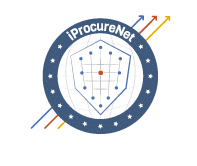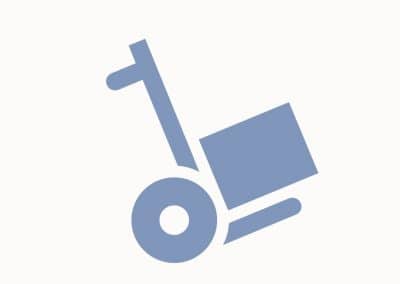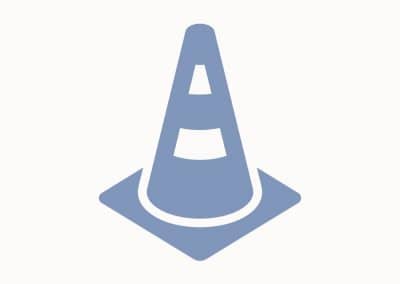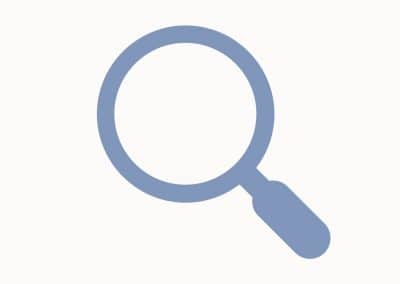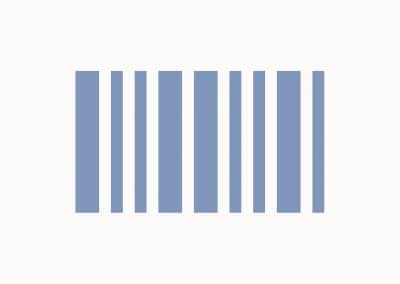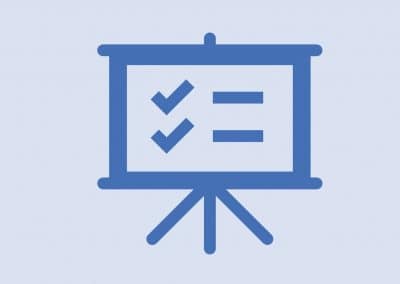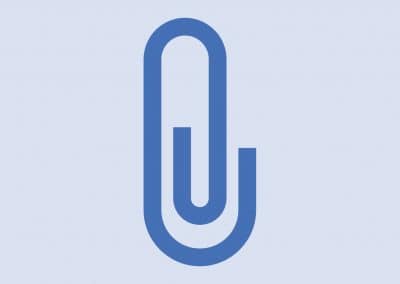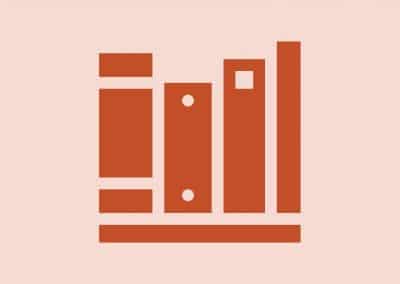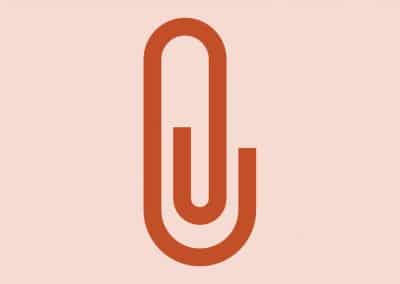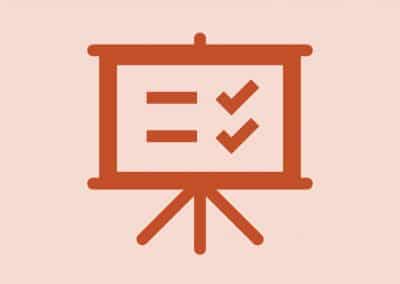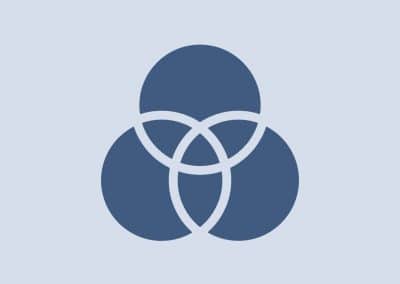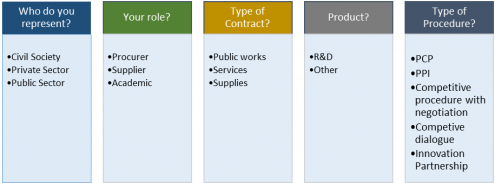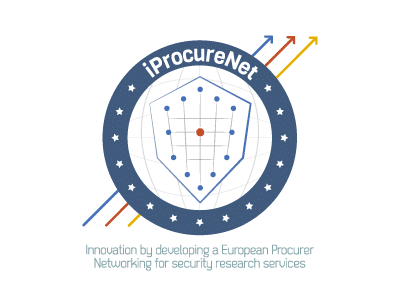Introduction, purpose and aims
The iProcureNet Joint Cross-Border Public Procurement and Innovation Toolbox is one of the main outputs of the iProcureNet Project.
Its purpose is to create a practical framework and tools supporting the European Network and the Community of public security procurement agencies and departments in sharing technical needs, knowledge, legal matters, logistics processes, obstacles, as well as the identification of financial instruments in order to become more active in buying innovative security services, goods and solutions.
The iProcureNet Toolbox will include a comprehensive methodology, guidelines and a knowledge database of current procurement practices and processes in Europe.
The Toolbox will also create a firm foundation for setting up a group of countries (European Buyers Group) which, using the Toolbox, will be ready to procure after founding a common ground basis.
The iProcureNet Toolbox pretend to be a tool made by procurers and for procurers, open and flexible, as well as attractive and accessible.
It should be understood that the present methodology and contents will vary after receiving further information until the final release at the end of the project in 2024.
Terminology and abbreviations
Benchmarking – a process of measuring and comparing certain processes against comparable processes or procedures in order to help improve performance
Central Purchasing Body (CPB) – A Contracting Authority which provides centralised purchasing activities such as the acquisition of goods or services to be sold to Contracting Authorities or the award of contracts or Frameworks for the benefit of other Contracting Authorities
Centralised purchasing – Centralised purchasing is a procedure in which a contracting authority takes the responsibility of: 1) acquiring goods or services intended for one or more contracting authorities; 2) awarding public contracts for works, goods or services intended for one or more contracting authorities; or 3) concluding framework agreements for works, goods or services intended for one or more contracting authorities.
Commercial off-the-shelf (COTS) – Commercially available product or service that is already available in the market and that is available for sale without modification.
Competitive Dialogue Procedure – A public sector procurement tendering procedure under Directives 2014/24/EU and 2014/25/EU, whereby you enter into dialogue with suppliers until you find a solution that meets the needs of your organisation.
Contracting Authority (CA) – The public body carrying out a public procurement.
Dynamic purchasing system (DPS) – Similar to a Framework Agreement but it is wholly electronic and, unlike a Framework Agreement, new providers can join the DPS at any time during its validity.
Electronic Procurement/E-procurement – The term for electronic methods of purchasing – generally through portals where a Contracting Authority can provide all relevant documentation to Tenderers and Tenderers can upload their Tenders before the closing date.
Established Buyers Group (EBGs) – countries which, using the iProcureNet Toolbox, have found common ground and are ready to procure.
Framework agreement – An agreement between one or more Contracting Authorities and one or more Economic Operators which establishes the “framework” for future requirements (Call-Off Contracts) for works, supplies or services.
Innovation Procurement (IP) – Refers to any procurement that has one or both of the following aspects: (i) buying the process of innovation – R&D services, with partial outcomes, or (ii) buying the outcomes of innovation created of others.
Innovation partnership procedure – Specific procurement procedure, falling within the scope of the 2014 Directives, that allows Contracting Authorities to establish a long-term innovation partnership for the development and subsequent purchase of a new, innovative product, service or works provided that such innovative product or service or innovative works can be delivered to agreed performance levels and costs, without the need for a separate procurement procedure for the purchase.
Joint procurement means combining the procurement actions of two or more contracting authorities can research, develop and procure on a commercial scale new products or services. This procedure allows for the award of a phased contract covering.
Network+Community – The iProcureNet project aims to build an EU network of organisations centred on the procurement of security solutions, together with a larger community of people composed of individuals and experts interested in procurement in order to facilitate collaboration and dialogue among procurers.
Preliminary Market Consultation (PMC) – Before launching a procurement procedure, Contracting Authorities may conduct market consultations with a view to preparing the procurement and informing economic operators of their procurement plans and requirements. It cannot have the effect of distorting competition and does not result in a violation of the principles of non-discrimination and transparency.
Public procurement – The process by which public authorities, such as government departments or local authorities, purchase work, goods or services from companies.
Public procurement cycle – the chain activities, assessing the requirements, competition, and award of the contract.
Pre-Commercial Procurement (PCP) – procurement of R&D services involving risk-benefit sharing under market conditions, and competitive development in phases, where there is a clear separation between the procurement of the R&D services procured from the deployment of commercial volumes of end-products. It is an important tool to stimulate innovation as it enables the public sector to steer the development of new solutions directly towards its needs.
Public Procurement of Innovative Solutions (PPI) – procurement where contracting authorities act as a launch customer of innovative goods or services which are not yet available on a large-scale commercial basis, and may include conformance testing.
Remedies Directive – Directive 89/665/EEC (public sector) and Directive 92/13/EEC (Utilities) which sets out the remedies which a supplier is entitled to in respect of a breach of the Public Procurement Directives. ![]() https://eur-lex.europa.eu/legal-content/EN/TXT/?uri=CELEX:01989L0665-20140417
https://eur-lex.europa.eu/legal-content/EN/TXT/?uri=CELEX:01989L0665-20140417
Remedies Directives – Directives setting a minimum national review standards to ensure that rapid and effective means of redress are available in all EU countries when an economic operator that has an interest in a public procurement procedure believes that it has been run without proper application of the EU Public Procurement Directives. Directive 89/665/EEC (public sector) and Directive 92/13/EEC (Utilities) which sets out the remedies which a supplier is entitled to in respect of a breach of the Public Procurement Directives.
https://eur-lex.europa.eu/legal-content/EN/TXT/?uri=CELEX:01989L0665-20140417
https://eur-lex.europa.eu/legal-content/EN/TXT/?uri=CELEX:01992L0013-20140417
Research and Development (R&D) – Comprise creative and systematic work undertaken in order to increase the stock of knowledge and to devise new applications of available knowledge.
Thresholds – EU law sets minimum harmonised rules for tenders whose monetary value exceeds a certain amount and which are presumed to be of cross-border interest. For tenders of lower value however, national rules apply, which nevertheless must to respect general principles of EU law.
- (i) Commission Delegated Regulation (EU) 2023/2510 of 15.11.2021 amending Directive 2009/81/EC of the European Parliament and of the Council (Defence Directive) in respect of the thresholds for supply, service and works contracts establishes new thresholds applicable from 1st January 2024;
- (ii) Commission Delegated Regulation (EU) 2023/2497 of 15.11.2021 amending Directive 2014/23/EU of the European Parliament and of the Council (Concessions Directive) in respect of the thresholds for concessions establishes new thresholds applicable from 1st January 2024;
- (iii) Commission Delegated Regulation (EU) 2023/2495 of 15.11.2021 amending Directive 2014/24/EU of the European Parliament and of the Council (Classical Directive) in respect of the thresholds for public supply, service and work contracts, and design contests, establishes new thresholds applicable from 1st January 2024;
![]() https://eur-lex.europa.eu/legal-content/EN/TXT/?uri=OJ:L_202302510
https://eur-lex.europa.eu/legal-content/EN/TXT/?uri=OJ:L_202302510![]() https://eur-lex.europa.eu/legal-content/EN/TXT/?uri=OJ:L_202302497
https://eur-lex.europa.eu/legal-content/EN/TXT/?uri=OJ:L_202302497![]() https://eur-lex.europa.eu/legal-content/EN/TXT/?uri=OJ:L_202302496
https://eur-lex.europa.eu/legal-content/EN/TXT/?uri=OJ:L_202302496
Specification – A precise description of the physical characteristics, quality, or desired outcomes of a commodity, product, service or works to be procured, which a supplier must be able to produce or deliver to be considered for award of a contract.
Tender – The process of bidding for contracts let by contracting authorities.
Structure and how to use it
The Toolbox is divided in several explanatory chapters, as shown below, allowing users to address multiple approaches in order to have a global approach to JCBPP in general, but also related to security sector and regarding innovation procurement.
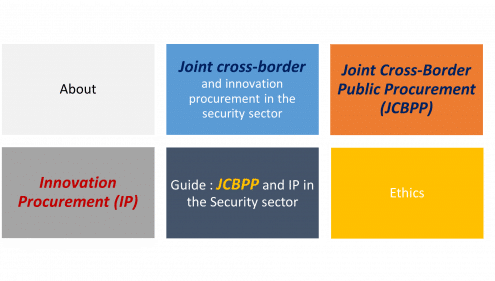
SEARCH BOX
In addition to the explanatory approach, it was considered relevant to provide a search box.
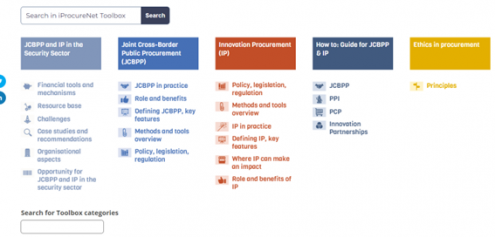
JCBPP and IP in the Security Sector
Joint Cross-Border Public Procurement (JCBPP)
Innovation Procurement (IP)
How to: Guide for JCBPP & IP
Ethics in procurement
